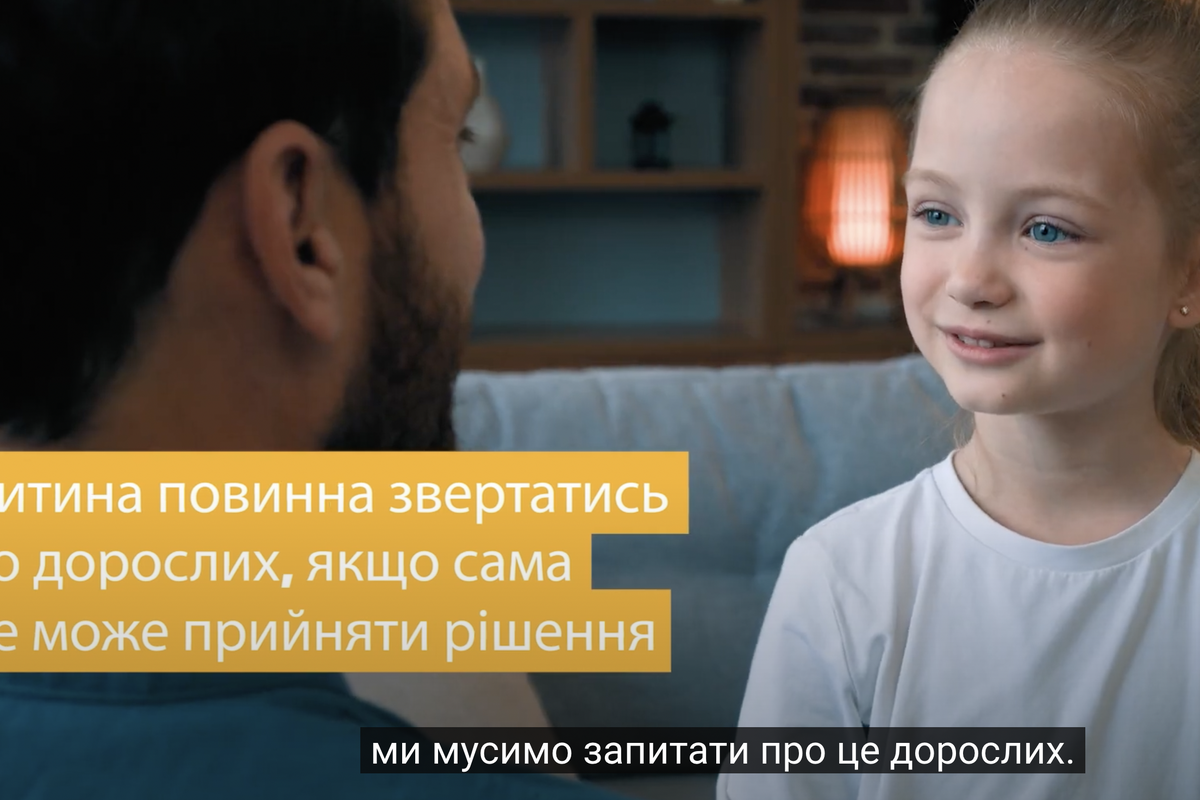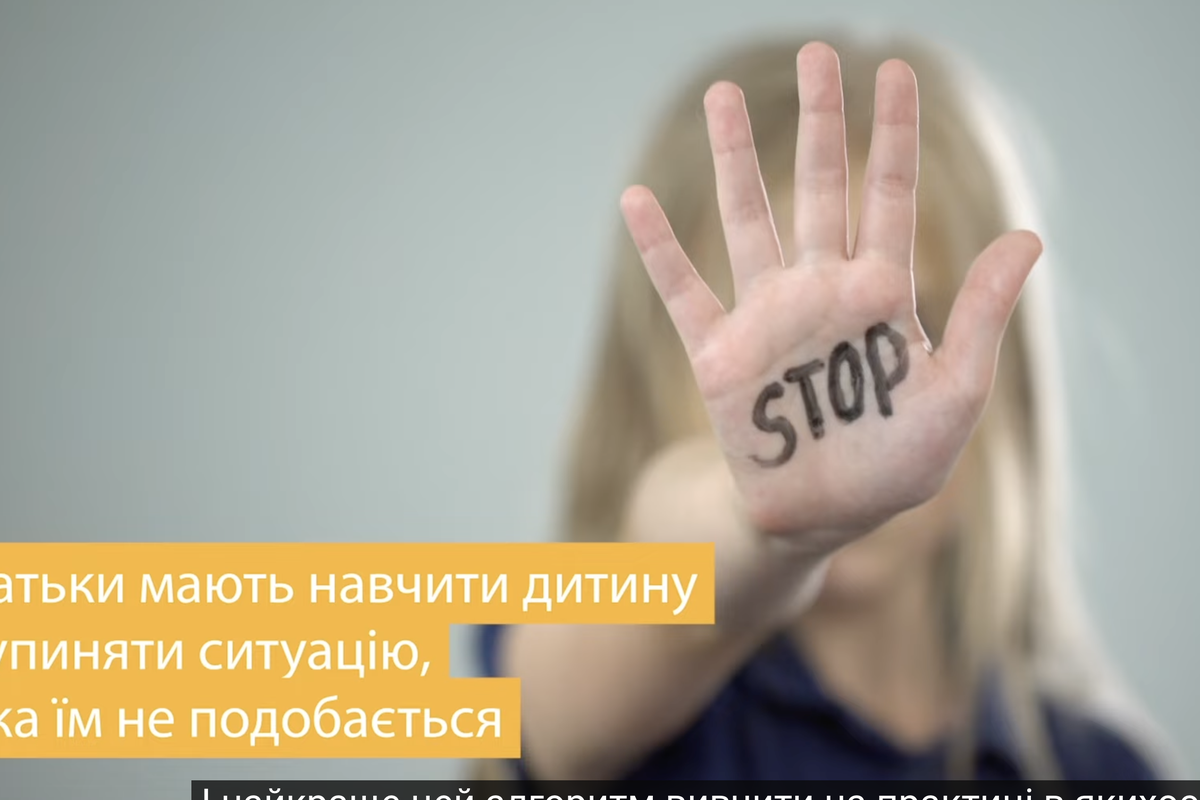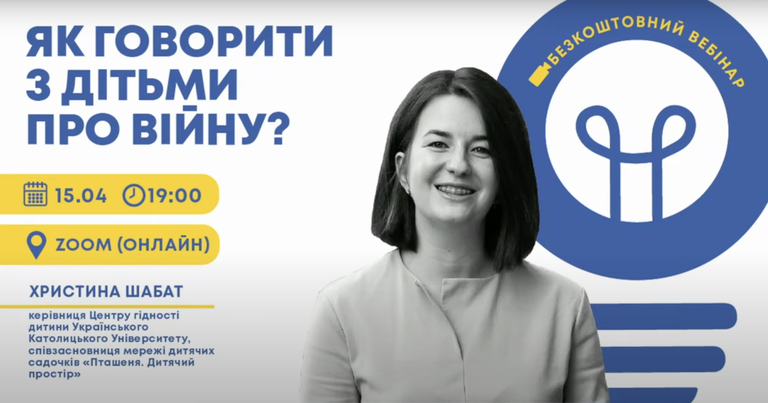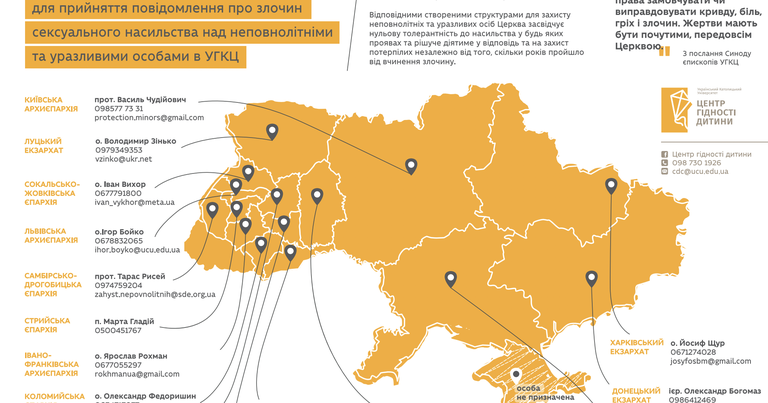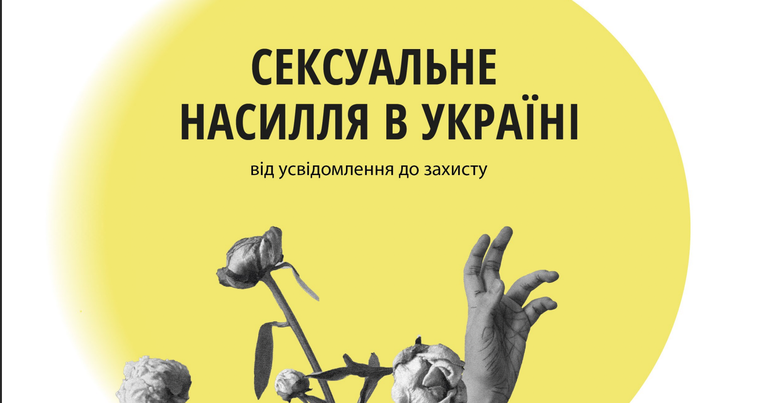13 steps towards children’s safety
A list of video shots on how a child learns to set personal boundaries and build their safety when the behavior of a nearby adult poses a threat.
The primary responsibility for protecting minors always rests with the nearby adults. However, we can provide children with essential skills to normalise their anxiety response and encourage them to seek protection when threatened.
That is why we recommend that your children learn the 13 safety steps we collected on one poster. It can be placed in a school, a room, or an organisation’s premises. But first of all, it is worth discussing these rules with the child and adults working with children. If adults follow them, it will help prevent violence, particularly sexual. Also, the rules will give the child an understanding of their limits and the ability to ask adults for help or to get out of a situation they dislike.
Here are brief descriptions of the 13 safety steps:
- I have the right to say “no” to adults and be heard
The child’s ability to say “NO” from a young age and the adult’s talent to hear it are crucial to forming healthy boundaries and the child’s self-esteem.
- I know the rules that cannot be broken under any circumstances
We always uphold established rules. In this way, the child forms a safe world around them and develops zero tolerance for disregarding laws in the future.
- I know how to stop those who violate my rules
If someone breaks the rules you follow in your family, teach your child to say STOP. Children can distinguish between good and bad.
- I always share my worries with adults
Adults’ task is to protect children.
- I know five adults I trust
Who are the five closest people the child can talk to about anything? Ask the child and let those people know they are on the trust list.
- My body is my private territory
No one has the right to cross this border without my consent - touch, hug, or kiss me. Children must consent to those actions.
- I know the swimsuit rule
Teach the child the rules of the swimsuit. You can do it this way: “Some of our body parts are private. They are very easy to recognise as they are under our swimsuits.”
- I always ask my elders first
We address all incomprehensible and fascinating situations, strange things or questions we cannot answer to adults. Because adults must protect children
- I keep no secrets from adults
The desire to keep secrets from adults often causes children to remain silent after sexual abuse.
- I do not disregard my friends being hurt
Children who trust their parents know the safety rules and know how to defend their boundaries with an assertive “STOP. I don’t like it.” will never walk past an abuser humiliating someone
- God created all of me
God made our bodies the way they are meant to be. They are beautiful and intelligently arranged, with all its external and internal organs. You should not be afraid to call private parts of the body by the correct names, and you should not make fun of them, let alone embarrass them.
- Adults’s task is to make children feel safe
Adults must protect children. Protection is not about comfortable conditions and putting a child in a “golden cage”.
- I am important
I’m important. Other people are good. The world is safe. Our relationship with the children shapes their beliefs about themselves, others, and the world.
These videos are intended for parents, guardians, and teachers. Show these videos to your children or use them to better explain safety steps to them. Remember, the ultimate responsibility for the protection of minors rests with adults.
